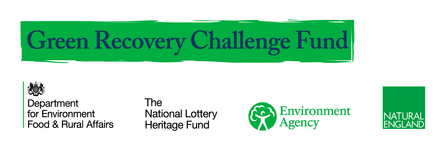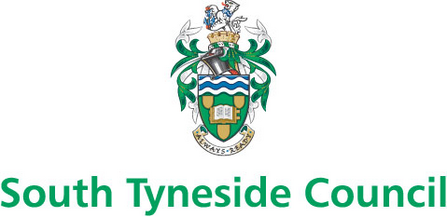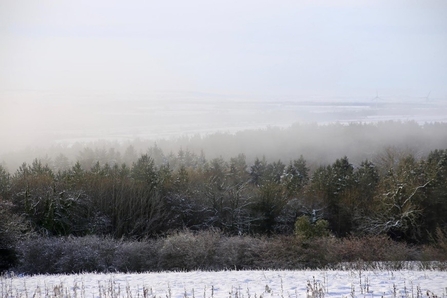
Chopwell during winter
David Tipling/2020Vision

Chopwell during winter
The woods became alive with sound; a great cacophony of animal sounds as we walked down the bridleway, loppers, and bowsaws in hands towards Chopwell Meadows: the ‘teck, teck teck’ warnings from the mouse-like wren hidden amongst the old mine workings; the ‘teacher, teacher’ call of the great tit. The excitable chattering’s of the long-tailed tits in the bare branches overhead, as they searched for hibernating insects and spiders and, from the adjacent Milkwellburn Wood, the low warning bark of a roe deer. As we left the shadow of the wood and stepped into the welcome warmth of the Spring sunshine a high-pitched mewing ‘weee-ooo ee oo ee oo ee oo‘ made us stop in our tracks beside the rickety wooden farm gate and scan the cold blue sky above. What a treat, not one but two Red Kites, soaring on the thermals above, clearly identifiable by their long, reddish-brown, forked tail. Suddenly, they were joined by a pair of buzzards and for the next ten minutes, we watched in silence as the Red Kites tried to defend their small patch of forest. Thankfully, the buzzards soon seemed to lose interest and flew off towards Milkwellburn Woods leaving the Red Kites triumphant.
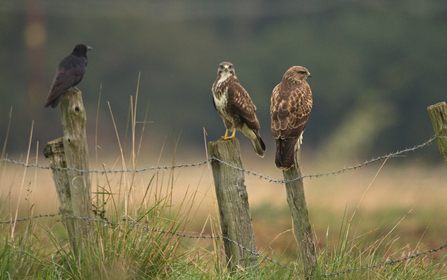
Russell Savory
Ali and I climbed over the stile and set out across the sodden meadow, our wellies squelching, towards the far hedgerow- we had a long day of scrub clearance ahead.
For the past two months, Ali and I have been working at three of our twenty sites: The Folly, Chopwell East Fields, and Chopwell Meadows, all in Gateshead. The management objectives are more or less the same on all three sites; to re-establish flower rich grasslands. It has been a rush against time to clear scrub, which shades out smaller plants, before the start of bird breeding season so that work such as fencing and planting new hedgerows, can begin promptly later in the year.
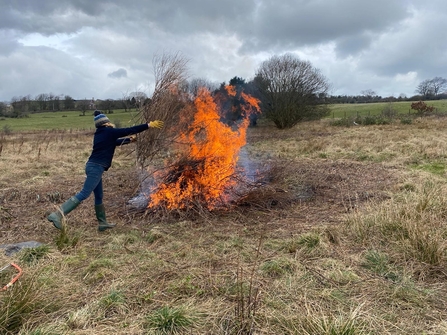
At the Folly and Chopwell Meadows, we have been opening up paths as we have begun restoring the boundary hedges by removing the thick, prickly blackthorn scrub. While at Chopwell East Fields we have been removing shrub, trees, and spiraea, a vigorous non-native, garden escapee that seems to smother all native wildflowers in its path. All as part of the restoration of a wet grassland habitat. Throughout that time we have often been joined by two or three Red Kites soaring just above us, watching our every move.
I would like to think that it is because they don’t think that we are a threat however it is more than likely that they realise we are likely to uncover or disturb tasty treats for them as winter is a hungry time of year.
Hopefully see you all soon.
Mandy
GET INVOLVED
This landmark project offers incredible scope for you to get involved. Whether that would be practical based task activity, surveys, or general administration work, we would love to have you involved and add value to the #HealingNature project.
If you would like to get involved, or for any general enquiries regarding the project, please get in touch using our contact email: healingnature@durhamwt.co.uk
Make sure you leave your name and contact options, along with how you would like to get involved!
Healing Nature is a Green Recovery Challenge Fund and Partner funded project.
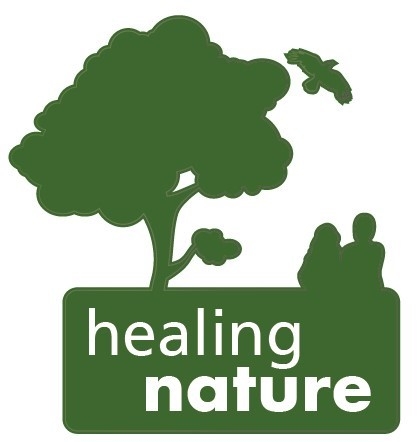
Follow our Blog to keep updated with all things #HealingNature
Facebook: @DurhamWildlifeTrust
Twitter: @DurhamWildlife
Instagram: @Durhamwildlife
